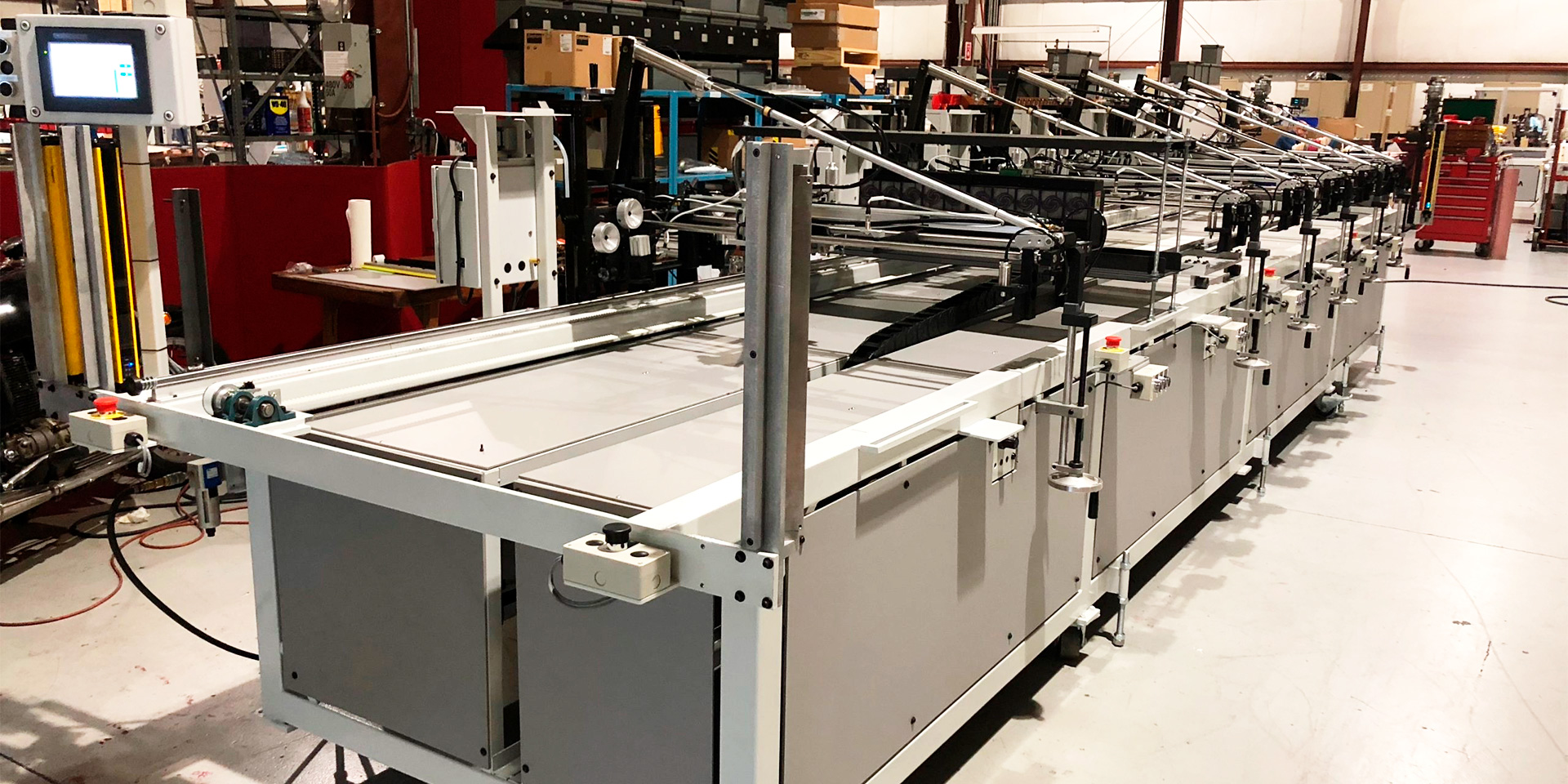
Top Trends in Industrial Printing: Innovations and Future Prospects
Industrial printing is at the heart of numerous sectors, from packaging and textiles to electronics and automotive industries. As technology evolves, the landscape of industrial printing continuously shifts, introducing innovations that enhance efficiency, quality, and versatility. This article explores the top trends in industrial printing, shedding light on the latest innovations and what the future holds…
Digital Printing Revolution
Flexibility and Customization
Digital printing has transformed the industrial printing arena, offering unprecedented flexibility and customization. Unlike traditional methods, digital printing doesn’t require plates, allowing for on-demand printing and easy alterations. This capability is particularly valuable in packaging, where companies can quickly adapt designs to meet changing market demands.
Short Runs and Variable Data Printing
Digital printing is ideal for short runs and variable data printing, enabling personalized prints without the need for extensive setup. This trend is evident in sectors like marketing and packaging, where tailored messages and designs can significantly enhance consumer engagement.
Advancements in Inkjet Technology
High-Speed Printing
Inkjet technology has made significant strides, with high-speed inkjet printers becoming increasingly common in industrial applications. These printers can produce high-quality prints at remarkable speeds, making them suitable for large-scale operations.
Versatile Applications
Modern inkjet printers can handle a wide range of substrates, including textiles, ceramics, and electronics. This versatility opens up new possibilities for industrial printing, allowing companies to explore diverse applications and markets.
3D Printing: Beyond Prototyping
Additive Manufacturing
3D printing, or additive manufacturing, has moved beyond prototyping and into full-scale production. This technology builds objects layer by layer, offering exceptional design freedom and material efficiency. Industries like aerospace, automotive, and healthcare are increasingly adopting 3D printing for producing complex parts and components.
Customization and Complexity
The ability to create intricate and customized designs makes 3D printing a game-changer. Companies can produce parts tailored to specific requirements, reducing waste and improving performance. This trend is particularly impactful in sectors that demand high precision and customization.
Sustainable Printing Practices
Eco-Friendly Inks and Substrates
Sustainability is a growing concern across industries, and industrial printing is no exception. There is a shift towards using eco-friendly inks and substrates, such as water-based and UV-curable inks, which have lower environmental impact compared to traditional solvent-based inks.
Reducing Waste
Innovative printing technologies are also focusing on reducing waste. Digital printing, for example, minimizes material waste by printing only what is needed. Additionally, advancements in automation and precision are helping companies optimize their processes and reduce excess.
Integration of IoT and Industry 4.0
Smart Printing Systems
The integration of the Internet of Things (IoT) and Industry 4.0 principles is revolutionizing industrial printing. Smart printing systems equipped with sensors and connectivity features enable real-time monitoring and data analysis. This connectivity enhances efficiency, predictive maintenance, and overall productivity.
Automation and Robotics
Automation and robotics are becoming integral to industrial printing operations. Automated systems can handle repetitive tasks with high precision, reducing labor costs and improving consistency. Robotics, in particular, are being used for tasks like material handling and finishing processes, streamlining the production line.

High-Resolution Printing
Enhanced Detail and Quality
High-resolution printing technologies are pushing the boundaries of print quality. These advancements allow for extremely detailed and accurate prints, essential for applications like printed electronics and high-end packaging.
Micro and Nano Printing
Micro and nano printing techniques are emerging, enabling the creation of microscopic structures and patterns. This capability is crucial for industries like electronics, where miniaturization and precision are paramount.
UV and LED Curing Technologies
Faster Drying Times
UV and LED curing technologies are revolutionizing the drying process in industrial printing. These methods use ultraviolet or LED light to instantly cure inks and coatings, significantly speeding up production times.
Durability and Quality
Cured inks are more durable and resistant to scratching and fading, making them ideal for applications that require longevity and high quality. This trend is particularly relevant in the packaging and signage industries, where durability is crucial.
Functional Printing
Printed Electronics
Functional printing, which involves printing functional devices like sensors and circuits, is a growing trend. Printed electronics are being used in a variety of applications, including flexible displays, wearable devices, and smart packaging.
Biomedical Applications
The biomedical field is also benefiting from functional printing. Techniques like bioprinting, which involves printing with biological materials, are being explored for applications such as tissue engineering and custom medical devices.
Future Prospects
The future of industrial printing looks promising, with continued advancements expected across various domains. Here are some prospects to watch:
AI and Machine Learning
Artificial intelligence (AI) and machine learning are poised to play a significant role in industrial printing. These technologies can optimize print processes, improve quality control, and enable predictive maintenance.
Advanced Materials
The development of advanced materials will further expand the capabilities of industrial printing. New inks, substrates, and printable materials will enable innovative applications and improve the performance of printed products.
Greater Automation
Automation will continue to advance, with more sophisticated robotic systems and autonomous printing solutions. These developments will enhance efficiency, reduce labor costs, and increase production capacity.
Sustainable Innovations
Sustainability will remain a key focus, with ongoing efforts to develop eco-friendly printing solutions. Innovations in recyclable and biodegradable materials, as well as energy-efficient printing technologies, will drive the industry towards greener practices.
Conclusion
Industrial printing is undergoing a dynamic transformation, driven by technological advancements and changing market demands. From digital and 3D printing to sustainable practices and IoT integration, the trends shaping the industry are enhancing efficiency, quality, and versatility. By staying abreast of these trends and embracing innovation, companies can capitalize on new opportunities and remain competitive in the evolving landscape of industrial printing.
